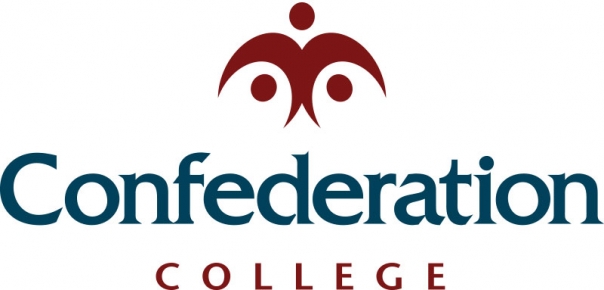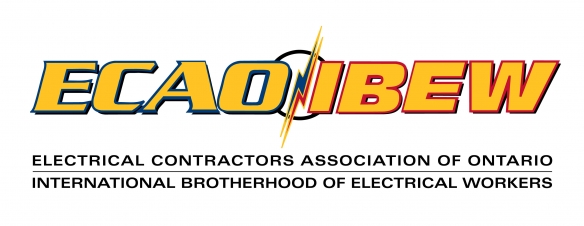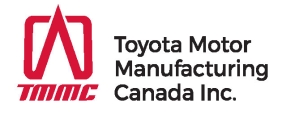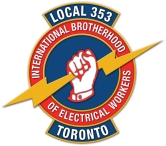Pathways to Apprenticeship
There are a number of pathways to apprenticeship. Click the links below to learn more:
- Traditional Apprenticeship Route (Direct)
- Specialist High Skills Major
- Ontario Youth Apprenticeship Program (OYAP)
- Dual Credit Programs
- College Full-time Certificate Programs
- Pre-Apprenticeship Programs
- Union or Industry Approved Training
Traditional Apprenticeship Route (Direct)
Traditional Apprenticeship Program: A person seeking an apprenticeship is responsible for finding an employer who will sponsor him or her. The employer and apprentice registers with the Ontario Ministry of Training, Colleges and Universities Apprenticeship Office. Only after this is done does the apprenticeship-training period officially begin.
Specialist High Skills Major
The Specialist High Skills Major program let students focus on a career path that matches their skills and interests. Each major is a bundle of eight-to-10 classroom courses, workplace experiences and sector certifications in a field.
Students who choose a major will learn on the job with employers at skills training centres and in school. They can earn valuable industry certifications, including first aid and CPR.
Eligible students are those who are heading for university, college, apprenticeship or the workplace.
Students who complete their major receive a special designation on their secondary school diploma.
The program is now available in the following industries:
• Agriculture • Arts and Culture
• Aviation/Aerospace • Business
• Construction • Energy
• Environment • Forestry
• Health and Wellness • Horticulture and Landscaping
• Hospitality and Tourism • Manufacturing
• Mining • Transportation
• Food Processing • Non-Profit
• Sports
• Information and Communications Technology
• Justice, Community Safety & Emergency Services
For more information, visit www.edu.gov.on.ca/morestudentsuccess
Ontario Youth Apprenticeship Program (OYAP)
The Ontario Youth Apprenticeship Program (OYAP) opens the door to apprenticeship in a wide range of exciting careers. If you are entering Grade 11 and are at least 16-years-old, you can work toward a career in a skilled trade as a registered apprentice while you complete your Ontario Secondary School Diploma. Eventually, an apprentice writes exams to become a certified skilled worker or journeyperson. For more information about OYAP, contact the OYAP Co-ordinator at your school board or visit www.oyap.com
Both employers and apprentices benefit from apprenticeship training: employers help create a pool of skilled workers who can keep their businesses competitive, while apprentices receive training that will start their careers as skilled workers.
Depending on the terms of the contract with the employer, an apprentice could receive a regular wage throughout the training period. It’s a great opportunity to earn while you learn.
Dual Credit Programs
Students enrolled in dual credit programs participate in apprenticeship training and post-secondary courses, earning dual credits that count toward both their high school diploma, post-secondary diploma and degree or apprenticeship certification. Students who need learning opportunities outside of high school would benefit from a college or apprenticeship experience. Students have the opportunity to:
- Earn high school credits while studying at a local college or taking apprenticeship training.
- Gain experience that will help them with their post-secondary education or apprenticeship.
- Get a head start on learning and training for their future careers.
For more information, contact your OYAP Coordinator or your high school guidance counsellor.
College Full-time Certificate Programs
Many of the Ontario's Colleges of Applied Arts and Technology offer Certificate and Diploma programs related to skilled trades. These programs require successful completion of secondary school (or equivalent) and can take between one to three years to complete.
Most programs include practical hands-on training and may include a workplace component. A college graduate in a skilled trade area may be successful in marketing themselves to an employer willing to register him/ her as an apprentice.
Pre-Apprenticeship Programs
These programs provide training in a specific trade to help prepare for apprenticeship. They are generally fewer than 52 weeks in length. Pre-Apprenticeship Programs offer academic upgrading for candidates that do not possess their Grade 12 or equivalent, which is the academic entry level in most trades. In addition, it offers introductory theoretical and practical training, Level 1 in-school apprenticeship training in a specific trade as well as a work placement component to gain hands-on experience. Organizations offering these programs often assist with job placement. Hours spent in pre-apprenticeship training can be credited towards the overall apprenticeship training if the individual decides to sign on as an apprentice.
Additional information is available at: www.tcu.gov.on.ca/eng/apprentices/pre_apprent.html
Union or Industry Approved Training
Some unions or trade associations run their own training centres and hold Contracts of Apprenticeship with the apprentice rather than the employer. Intake can be selective and may take place only at certain points in the calendar year. Links to unions and trade associations can be found at: apprenticesearch.com/.















